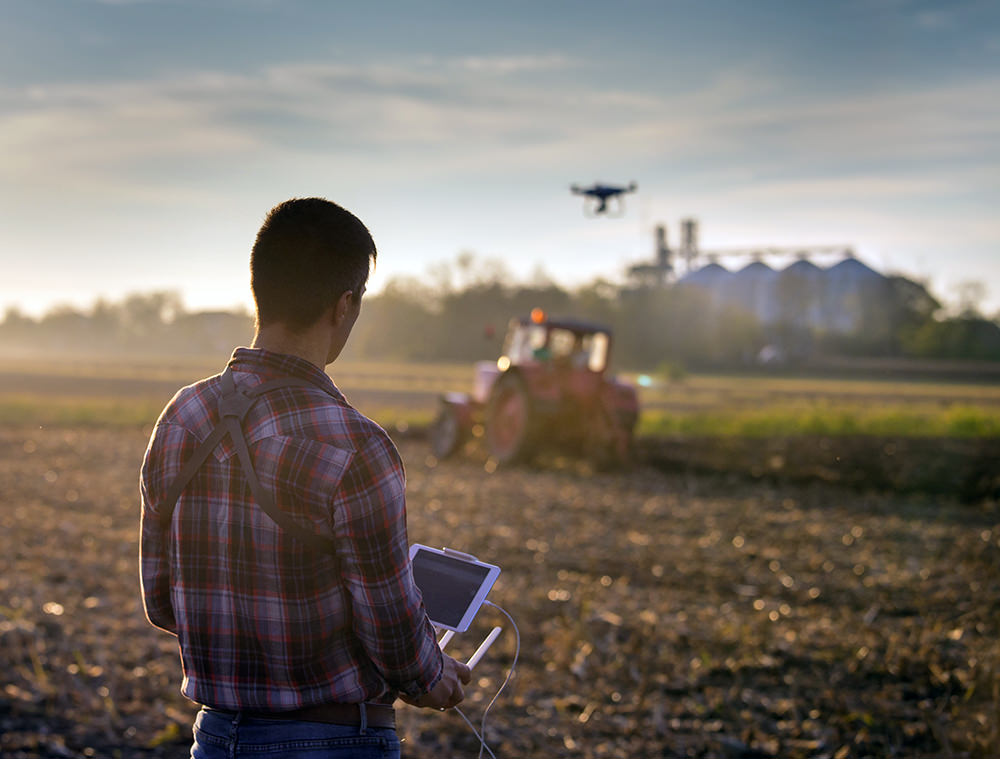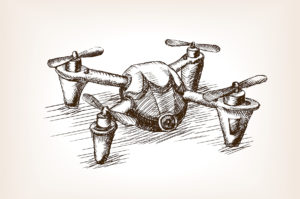The commercial drone industry is becoming more and more a part of life for so many businesses. To quote a Techcrunch article to illustrate the point – “The FAA has been registering drones for less than four years and already there are four times as many drones — 1.5 million — on the books as manned aircraft.” And that is just in the US alone.
Where are drones being used, what are they being used for, and where are they having the greatest effect? They’re being used in a multitude of different industries, from construction, mining, agriculture, all the way to film and videography. This week, we dive into Agriculture, its uses, its benefits, and touch on some of the risks of flying in an agricultural context.
Agriculture – some use cases
As a highly capital and labour intensive business, Agriculture is a prime market for innovation, and the commercial drone industry provides the perfect platform to be able to reduce man hours, increase efficiency and improve processes.
Agricultural Spraying
One of the most costly and time-consuming tasks of large agricultural farming is maintaining the health and quality of crops. In the past, whether it be planting seeds, spraying fertiliser, pesticides or water, this mammoth task has been done via truck, tractor and even large aircraft, i.e. machinery that is capable of providing large quantities of fertiliser spread over long distances. Despite this, the nature of the spraying is subject to accessibility, the reach of the equipment and its effectiveness. With a drone however, spraying can be done more effectively. A drone can reach all parts of the farm, spray more precisely, and in the process, reduce the waste involved with spraying chemicals. This not only makes for more effective spraying, but also improves efficiency (arguably, as much as up to 30%).
Precision Agriculture
As drones continue to improve, so does the available technology that can be placed on the drone. 3D and Multispectral cameras are being used extensively within the agricultural space to be able to map the quality of soils, the level of moisture density, and the development of crops.
What this does is unlock huge amounts of data, which can be translated into business insights and value for farmers. Drones with this capacity inform better decision making powers, and allow them greater oversight into their operation. Such benefits from using these insights include paddock selection, irrigation and crop management, to name but a few.
Improved Processes
Drones are being taken up extensively within agriculture as a way to streamline a number of different processes, and in the process, are becoming equally valuable in the suite of tools available for farmers.
For the sake of example, Lets take a hypothetical Cattle Station with 10,000 cattle spread over 5000 hectares. In order to count inventory, a regular task, a driver (with a spotter), may take days to navigate the area, counting and documenting each individual cattle one by one. (This is not to mention the potentially rugged terrain, the weather and managing fatigue)
Using a fixed wing drone, such as a Wingtra, or an Sensefly, perhaps the counting will take 8 hours of flying spread over the course of 2 days. Not only does this collect and itemise each individual cattle location, but it also maps the farm, warns of a 2km stretch of broken fence, and using the mosaicking feature, creates a multispectral image of the farm land. This saves the farmer days of labour and petrol, not to mention providing insights on how to improve the land.
The risks
Whilst the drone does provide a unique and amazingly insightful look into improving agriculture, it is not without risks. With the use of drones to spray, similar to using a ground-based machine or helicopter, there are risks of chemical spillage, which can damage crops, potentially cause contamination of water supply and surrounding crops. Further to this risk, operating over crops, near forests and away from fire services expose the operator to the risk of starting a bushfire, which can damage not only the crops involved but the surrounding area, endangering people as well as property. Finally, and as with almost all operations, drones are not immune to faults, whether through pilot error, software or hardware. This can also cause first party loss of the drone, and damage to third parties.
For this reason, it is all the more important that the use of drones within agriculture are supplemented with comprehensive insurance. Precision Autonomy offers pay-as-you fly insurance via our ground-breaking asset management software, pay.per.fly. Operators pay a small upfront fee, and pay each time they fly, by the minute. For a drone insurance quote, head over to our website here, and get your free quotation today.



